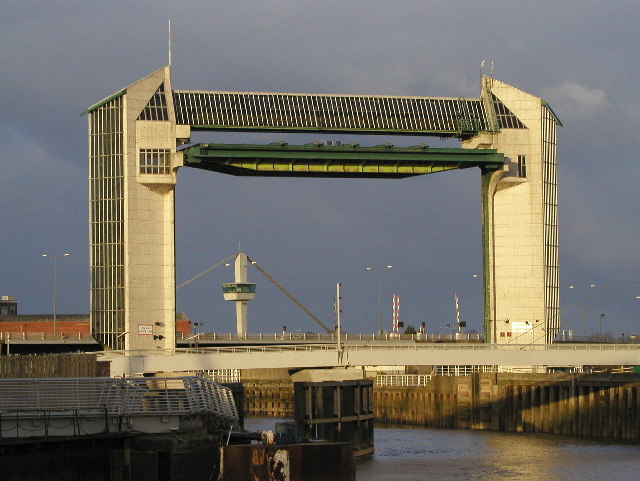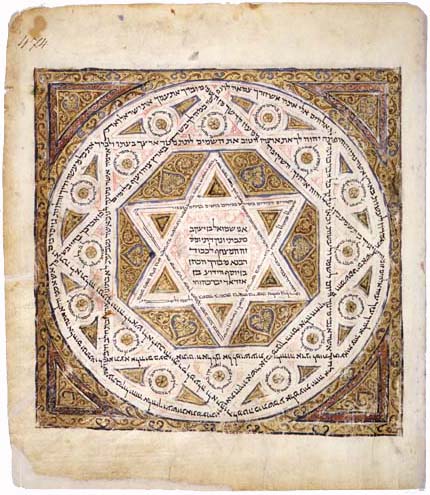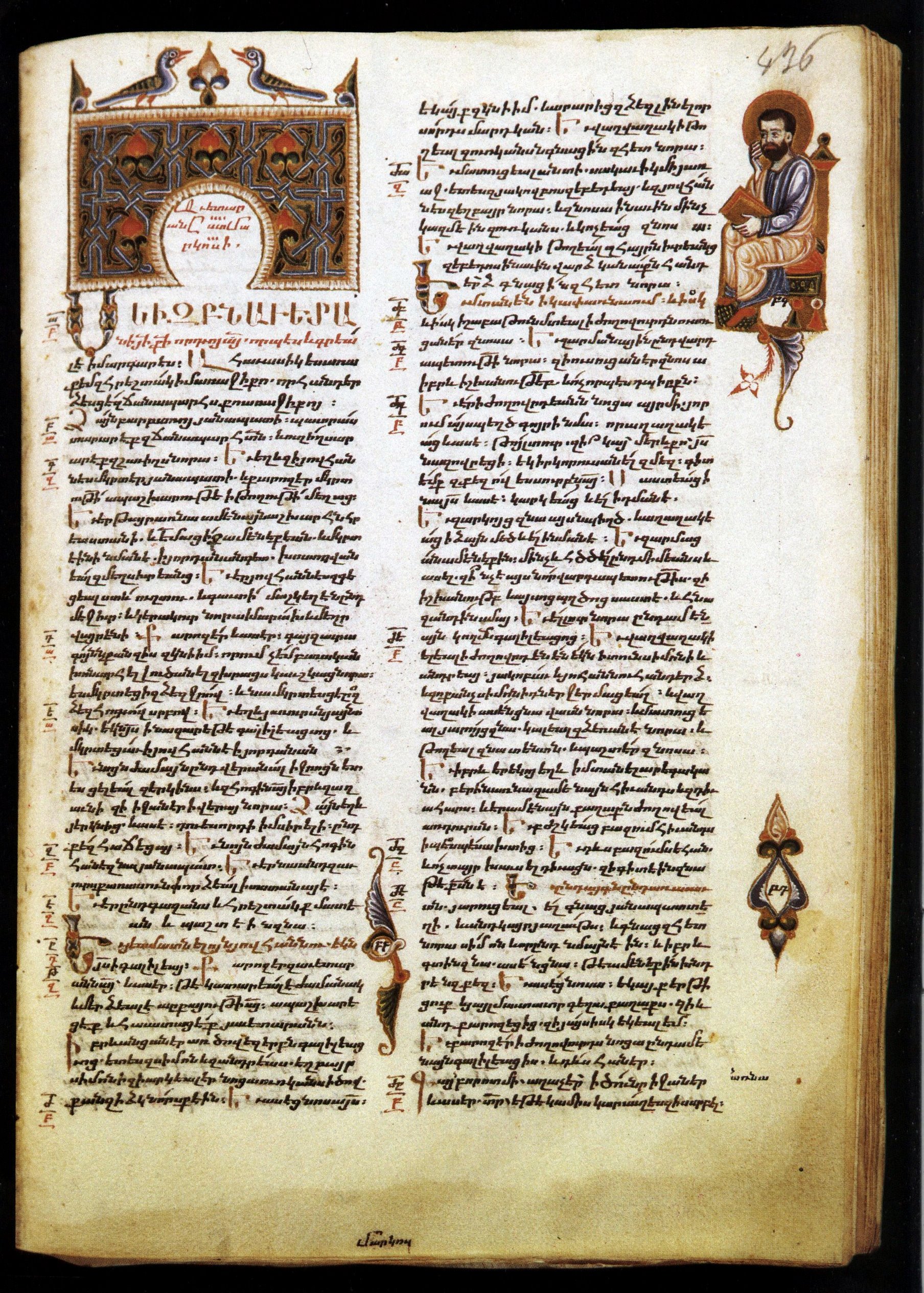|
St Petersburg Gospels
The Saint Petersburg Gospels or Leningrad Gospels (housed in Saint Petersburg at the Imperial Public Library Cod. F. v. I. 8) is an illuminated manuscript of the gospels in Hiberno-Saxon style dating from around 800 AD. This highly idiosyncratic work may have been produced in England south of the Humber. It is not to be confused with the Leningrad Codex The Leningrad Codex ( la, Codex Leningradensis [Leningrad Book]; he, כתב יד לנינגרד) is the oldest complete manuscript of the Hebrew Bible in Hebrew, using the Masoretic Text and Tiberian vocalization. According to its colopho ... of the Hebrew Bible. References Hiberno-Saxon manuscripts Tourist attractions in Saint Petersburg Gospel Books 9th-century biblical manuscripts {{christian-book-stub ... [...More Info...] [...Related Items...] OR: [Wikipedia] [Google] [Baidu] |
Saint Petersburg
Saint Petersburg ( rus, links=no, Санкт-Петербург, a=Ru-Sankt Peterburg Leningrad Petrograd Piter.ogg, r=Sankt-Peterburg, p=ˈsankt pʲɪtʲɪrˈburk), formerly known as Petrograd (1914–1924) and later Leningrad (1924–1991), is the List of cities and towns in Russia by population, second-largest city in Russia. It is situated on the Neva River, at the head of the Gulf of Finland on the Baltic Sea, with a population of roughly 5.4 million residents. Saint Petersburg is the List of European cities by population within city limits, fourth-most populous city in Europe after Istanbul, Moscow and London, the List of cities and towns around the Baltic Sea, most populous city on the Baltic Sea, and the world's List of northernmost items#Cities and settlements, northernmost city of more than 1 million residents. As Russia's Imperial capital, and a Ports of the Baltic Sea, historically strategic port, it is governed as a Federal cities of Russia, federal city. ... [...More Info...] [...Related Items...] OR: [Wikipedia] [Google] [Baidu] |
Imperial Public Library
The National Library of Russia (NLR, russian: Российская национальная библиотека}), located in Saint Petersburg, is the first, and one of three national public libraries in Russia. The NLR is currently ranked among the world’s major libraries. It has the second biggest library collection in the Russian Federation, a treasury of national heritage, and is the All-Russian Information, Research and Cultural Center. Over the course of its history, the Library has aimed for comprehensive acquisition of the national printed output and has provided free access to its collections. It is known as the ''Imperial Public Library'' from 1795 to 1917; ''Russian Public Library'' from 1917 to 1925; ''State Public Library'' from 1925 to 1992 (since 1932 named after M.Y. Saltykov-Shchedrin); NLR. History Establishment The Imperial Public Library was established in 1795 by Catherine the Great. It was based on the Załuski Library, the famous Polish national li ... [...More Info...] [...Related Items...] OR: [Wikipedia] [Google] [Baidu] |
Illuminated Manuscript
An illuminated manuscript is a formally prepared document where the text is often supplemented with flourishes such as borders and miniature illustrations. Often used in the Roman Catholic Church for prayers, liturgical services and psalms, the practice continued into secular texts from the 13th century onward and typically include proclamations, enrolled bills, laws, charters, inventories and deeds. While Islamic manuscripts can also be called illuminated, and use essentially the same techniques, comparable Far Eastern and Mesoamerican works are described as ''painted''. The earliest illuminated manuscripts in existence come from the Kingdom of the Ostrogoths and the Eastern Roman Empire and date from between 400 and 600 CE. Examples include the Codex Argenteus and the Rossano Gospels, both of which are from the 6th century. The majority of extant manuscripts are from the Middle Ages, although many survive from the Renaissance, along with a very limited number from Late ... [...More Info...] [...Related Items...] OR: [Wikipedia] [Google] [Baidu] |
Hiberno-Saxon Style
Insular art, also known as Hiberno-Saxon art, was produced in the post-Roman era of Great Britain and Ireland. The term derives from ''insula'', the Latin term for "island"; in this period Britain and Ireland shared a largely common style different from that of the rest of Europe. Art historians usually group Insular art as part of the Migration Period art movement as well as Early Medieval Western art, and it is the combination of these two traditions that gives the style its special character. Most Insular art originates from the Irish monastic movement of Celtic Christianity, or metalwork for the secular elite, and the period begins around 600 with the combining of Celtic and Anglo-Saxon styles. One major distinctive feature is interlace decoration, in particular the interlace decoration as found at Sutton Hoo, in East Anglia. This is now applied to decorating new types of objects mostly copied from the Mediterranean world, above all the codex or book. The finest peri ... [...More Info...] [...Related Items...] OR: [Wikipedia] [Google] [Baidu] |
Humber
The Humber is a large tidal estuary on the east coast of Northern England. It is formed at Trent Falls, Faxfleet, by the confluence of the tidal rivers Ouse and Trent. From there to the North Sea, it forms part of the boundary between the East Riding of Yorkshire on the north bank and North Lincolnshire on the south bank. Although the Humber is an estuary from the point at which it is formed, many maps show it as the River Humber. Below Trent Falls, the Humber passes the junction with the Market Weighton Canal on the north shore, the confluence of the River Ancholme on the south shore; between North Ferriby and South Ferriby and under the Humber Bridge; between Barton-upon-Humber on the south bank and Kingston upon Hull on the north bank (where the River Hull joins), then meets the North Sea between Cleethorpes on the Lincolnshire side and the long and thin headland of Spurn Head to the north. Ports on the Humber include the Port of Hull, the Port of ... [...More Info...] [...Related Items...] OR: [Wikipedia] [Google] [Baidu] |
Leningrad Codex
The Leningrad Codex ( la, Codex Leningradensis [Leningrad Book]; he, כתב יד לנינגרד) is the oldest complete manuscript of the Hebrew Bible in Hebrew, using the Masoretic Text and Tiberian vocalization. According to its colophon, it was made in Cairo in 1008 CE (or possibly 1009). Some have proposed that the Leningrad Codex was corrected against the Aleppo Codex, a slightly earlier manuscript that was partially lost in the 20th century. However, Paul E. Kahle argues that the Leningrad manuscript was more likely based on other, lost manuscripts by the ben Asher family. The Aleppo Codex is several decades older, but parts of it have been missing since the 1947 anti-Jewish riots in Aleppo, making the Leningrad Codex the oldest complete codex of the Tiberian mesorah that has survived intact to this day. In modern times, the Leningrad Codex is significant as the Hebrew text reproduced in (1937), (1977), and (2004–present). It also serves as a primary sourc ... [...More Info...] [...Related Items...] OR: [Wikipedia] [Google] [Baidu] |
Hiberno-Saxon Manuscripts
Insular art, also known as Hiberno-Saxon art, was produced in the post-Roman era of Great Britain and Ireland. The term derives from ''insula'', the Latin term for "island"; in this period Britain and Ireland shared a largely common style different from that of the rest of Europe. Art historians usually group Insular art as part of the Migration Period art movement as well as Early Medieval Western art, and it is the combination of these two traditions that gives the style its special character. Most Insular art originates from the Irish monastic movement of Celtic Christianity, or metalwork for the secular elite, and the period begins around 600 with the combining of Celtic and Anglo-Saxon styles. One major distinctive feature is interlace decoration, in particular the interlace decoration as found at Sutton Hoo, in East Anglia. This is now applied to decorating new types of objects mostly copied from the Mediterranean world, above all the codex or book. The finest perio ... [...More Info...] [...Related Items...] OR: [Wikipedia] [Google] [Baidu] |
Tourist Attractions In Saint Petersburg
Tourism is travel for pleasure or business; also the theory and practice of touring, the business of attracting, accommodating, and entertaining tourists, and the business of operating tours. The World Tourism Organization defines tourism more generally, in terms which go "beyond the common perception of tourism as being limited to holiday activity only", as people "travelling to and staying in places outside their usual environment for not more than one consecutive year for leisure and not less than 24 hours, business and other purposes". Tourism can be domestic (within the traveller's own country) or international, and international tourism has both incoming and outgoing implications on a country's balance of payments. Tourism numbers declined as a result of a strong economic slowdown (the late-2000s recession) between the second half of 2008 and the end of 2009, and in consequence of the outbreak of the 2009 H1N1 influenza virus, but slowly recovered until the COVID- ... [...More Info...] [...Related Items...] OR: [Wikipedia] [Google] [Baidu] |
Gospel Books
Gospel originally meant the Christian message ("the gospel"), but in the 2nd century it came to be used also for the books in which the message was set out. In this sense a gospel can be defined as a loose-knit, episodic narrative of the words and deeds of Jesus, culminating in his trial and death and concluding with various reports of his post-resurrection appearances. Modern scholars are cautious of relying on the gospels uncritically, but nevertheless, they provide a good idea of the public career of Jesus, and critical study can attempt to distinguish the original ideas of Jesus from those of the later authors. The four canonical gospels were probably written between AD 66 and 110. All four were anonymous (with the modern names added in the 2nd century), almost certainly none were by eyewitnesses, and all are the end-products of long oral and written transmission. Mark was the first to be written, using a variety of sources. The authors of Matthew and Luke both independe ... [...More Info...] [...Related Items...] OR: [Wikipedia] [Google] [Baidu] |


.jpg)




